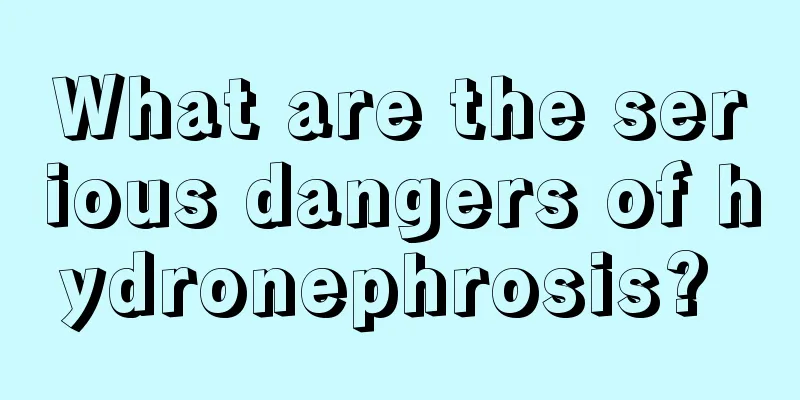How to check for gallbladder cancer

|
There are many patients with gallbladder cancer. At present, many people have lost their precious lives due to the disease, so we cannot ignore the harmfulness of the disease. Diagnosis is the first step in treating the disease. If everyone can pay more attention to the details of their lives, this disease can also be avoided. 1. CT scan: CT scan is not as good as ultrasound for the diagnosis of early gallbladder cancer. However, for patients who have been found to be highly suspected of gallbladder cancer by ultrasound, enhanced CT examination is necessary. The CT imaging changes of gallbladder cancer can be divided into three types: ① Wall thickness type: limited or diffuse irregular thickening of the gallbladder wall. ② Nodular type: papillary nodules protrude from the gallbladder wall into the cavity. ③ Solid type: due to the extensive infiltration and thickening of the gallbladder wall by the tumor and the filling of the intracavitary cancer mass, a substantial mass is formed. In enhanced scanning, it can generally be seen that the lesion tissue has a rich blood supply. If the tumor invades the liver or has related lymph node metastasis, it can often be displayed under CT images. This is a common examination method for gallbladder cancer. 2. Magnetic resonance imaging (MRI): MRI is generally not the first choice or necessary examination item for gallbladder cancer. It can only be considered when it is necessary to determine whether the lesion involves the liver or when the patient has obstructive jaundice. The accuracy of this gallbladder cancer examination method is similar to CT, but it has the advantage of no radiation damage and can be repeated many times. 3. PET-CT: As a relatively qualitative examination item, under the premise of excluding acute cholecystitis, this examination of gallbladder cancer can help to make a qualitative diagnosis of gallbladder space-occupying lesions and help to determine whether there are lesions outside the gallbladder. However, it is expensive and prone to false positive results when combined with acute cholecystitis, so it is generally not used as a routine examination. 4. Ultrasound examination: B-ultrasound examination is simple, non-destructive and can be used repeatedly. Its diagnostic accuracy rate is over 90%, making it the preferred method for gallbladder cancer examination. With the continuous upgrading of instruments, it is now possible to not only clearly observe the size of gallbladder lesions, but also to help determine whether cancer has occurred by observing the blood flow of the lesion tissue. It can also be used to observe whether there is obvious lymph node metastasis and whether the liver is involved. Experienced examiners can even determine which layer of the gallbladder is affected by the lesion. It is not terrible to be diagnosed with a disease. What is terrible is that the patient does not take the disease seriously and misses the best time for treatment. In the process of treating the disease, the patient should also pay attention to his diet and other issues, and maintain an optimistic and positive attitude towards treatment, so as to effectively control the disease. |
<<: What tests are needed for gallbladder cancer reexamination
>>: What to check for gallbladder cancer
Recommend
Who can't use a foot bath?
Nowadays, more and more friends are using foot ba...
Repeated pneumonia attacks can turn into lung cancer
In daily clinical work, we often see that many lu...
Should I choose B-ultrasound or color Doppler ultrasound for liver cancer examination? What is the role of color Doppler ultrasound examination for liver cancer patients?
What is the role of color Doppler ultrasound exam...
Steps and effects of drinking Cistanche soaked in water
Cistanche is a traditional Chinese medicine with ...
What are the early symptoms of lung cancer? Several clinical symptoms of early lung cancer
The incidence of lung cancer in my country is rel...
.How to wash the mildew spots on the towel
In fact, towels are similar to clothes. They both...
What are the causes of high incidence of tongue cancer
In recent years, lobster restaurants have develop...
There is a small pimple on the eye socket
The appearance of small bumps on the eye sockets ...
What are the ways to prevent lung cancer? Summary of 5 ways to prevent lung cancer
Everyone needs to pay attention to their living e...
Liquid foundation suitable for winter
In winter, the skin is drier and more prone to pe...
Does normal underarm sweat have an odor?
Many people sweat easily under their armpits. Thi...
How to choose rice? Six tips
As the saying goes, the seven things you need whe...
What is the difference between bean shoots and yuba
Bean shoots and bean curd sheets are two complete...
Side effects of Germanium stone steaming
Many people like sweat steaming very much, becaus...
What medicine can I take for nasopharyngeal cancer
What medicine can I take for nasopharyngeal cance...









